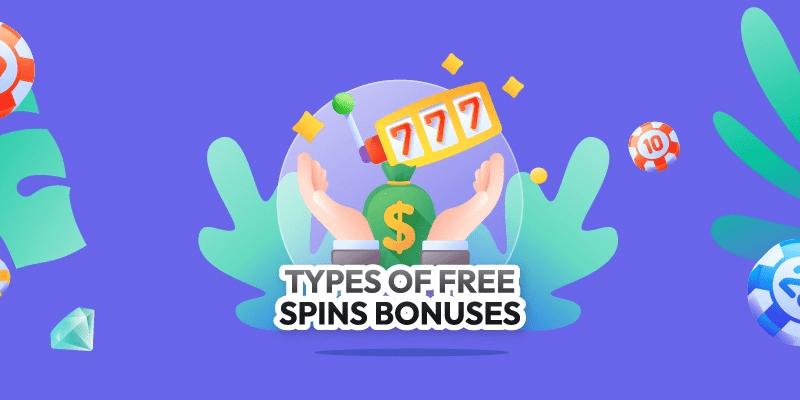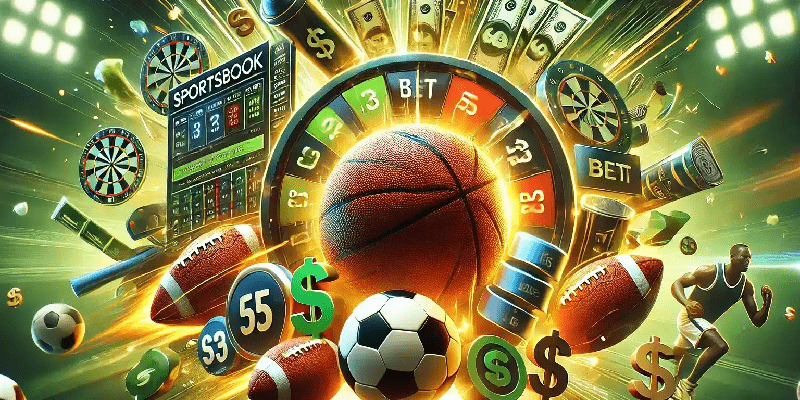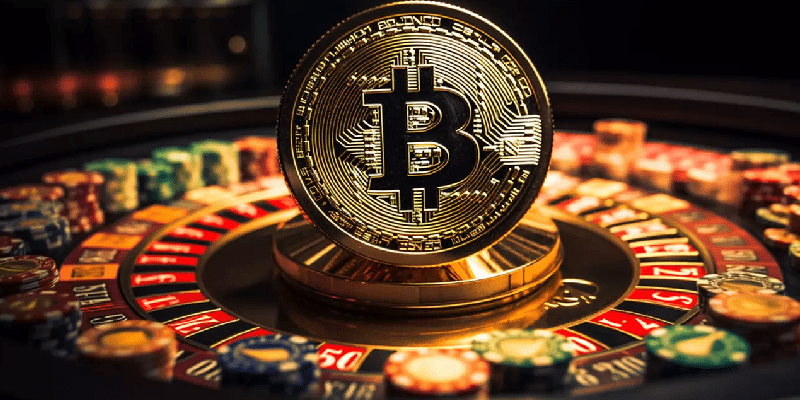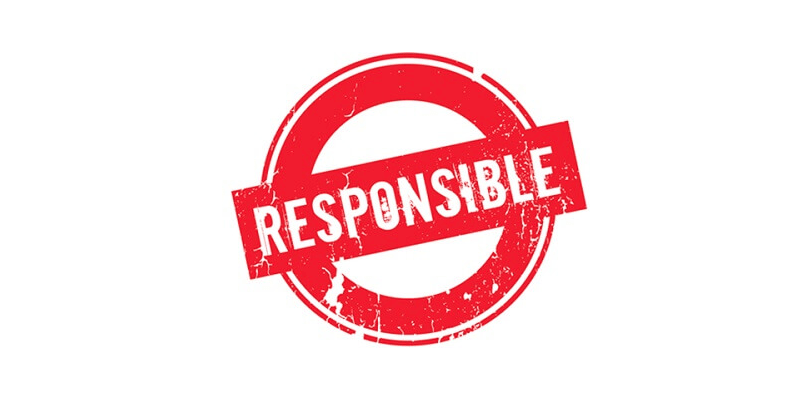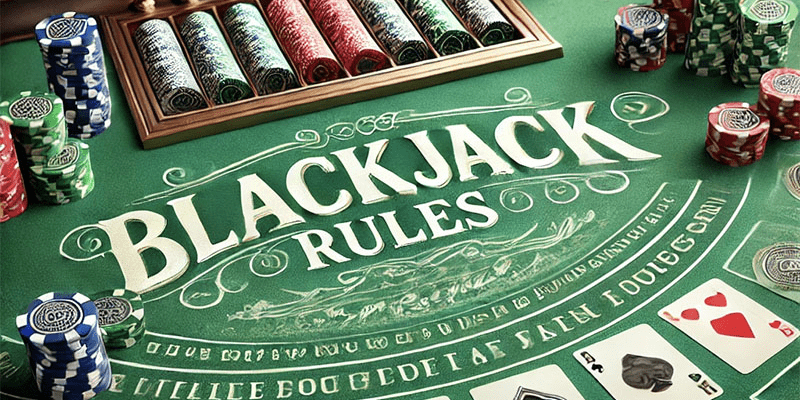
- 12 May 2024
- Blackjack
Discover 5 effective strategies to enhance your learning experience and excel in design studies.
How Does Blackjack Work?
Getting a hand worth as near to 21 as possible without going over is the objective of the traditional card game blackjack, which mixes skill and luck. Instead of competing against one another, players face off against the dealer. After receiving their initial two cards, players have the option to "hit" (get another card) or "stand" (maintain their existing hand). There are rules that the dealer must follow when drawing cards, so good players can figure out ways to win more often.
Card Values in Blackjack: The value of a number card is its numerical value, the value of a face card (Jack, Queen, or King) is 10, and the value of an ace can be either 1 or 11, depending on the best possible outcome of the hand.
The player receives two cards and must select whether to hit, stand, double down (doubling their stake and taking one more card), or split (dividing two identical cards into two separate hands) after receiving their first few cards. After showing one card (the "up card"), the dealer must adhere to certain regulations, typically hitting until they reach 17.
Success: You'll be declared the winner if your hand gets closer to 21 than the dealer's. Your hand is considered bust and the bet is lost if it goes beyond 21.
Blackjack Techniques for Success
Principles of Approach: Depending on your hand and the dealer's up card, the basic blackjack strategy chart will advise you whether to hit, stand, double down, or split. The house edge goes down and your odds of winning go up when you do this.
While card counting is a tried and true method in brick-and-mortar casinos, it is far more challenging to implement in virtual ones. A player's odds of winning can be improved by monitoring the high-to-low card ratio and adjusting their wagers appropriately.
Sidestep Insurance Gambles: Despite its allure, insurance is typically not a good bet for players and is best avoided.







